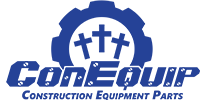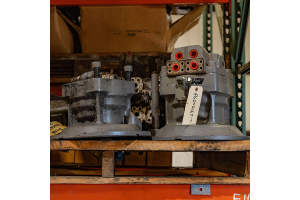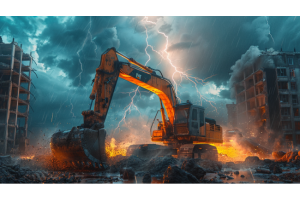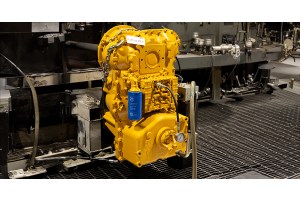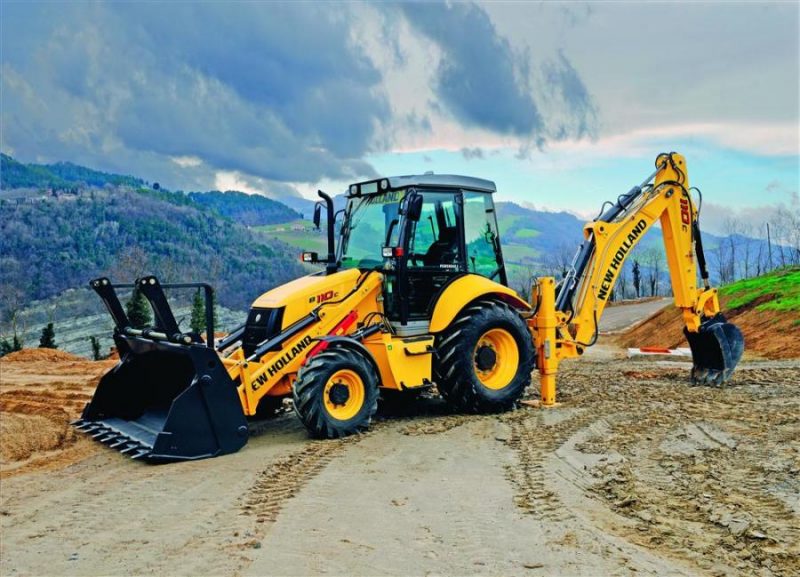
If you want to start a small construction company, there is one machine you should consider owning before purchasing any others - the backhoe loader.
Backhoes are the backbone of any construction company because they offer both the ability to dig like an excavator and move material like a wheel loader or skid steer. Add to that the myriad of attachments available, and a backhoe may be all you need to get projects done. Here's a look at a few of them:
• IT Loader Coupler for change out loader attachments such as Buckets, Brooms, Pallet Forks, & Material Handling Arms
• Loader Brooms (Angle or Pick Up) to sweep/clean roadways and job sites
• Multi-Purpose (4-in-1) Buckets to clean up debris. The MP Bucket is a versatile tool that can be used as a Standard Bucket, Grapple, Dozer/Push Blade, and Box Blade for back dragging.
• Backhoe Quick Coupler to change Backhoe Attachments quickly and easily.
• Backhoe Thumb to pair with Bucket or Ripper Shank to pick and place material.
• Heavy Duty Backhoe Bucket for general digging.
• Backhoe Ripper Shank for prying material such as concrete, rocks, roots, etc.
• Hammer/Breaker for breaking material in to smaller, more manageable pieces.
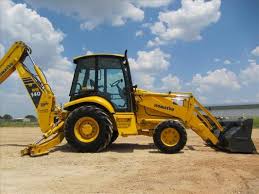
The question then remains, how big of a backhoe do you want to purchase? Do you want a new or used backhoe? Do you go with Deere, Caterpillar, Komatsu, Case, or another maker?
You still may wonder if it would be better to start out with a straight excavator or wheel loader. This is when serious evaluation comes into play. If you know you'll only be hauling material, a wheel loader may be a better option. If you will only dig trenches and not have a need to transport large amounts of dirt, an excavator may be all you need.
The reality is, however, there will always be those times when you'll need a little more than what your machine is a capable of. That's why a backhoe is an ideal piece of equipment for the one-man-band company.
Attachments really make the backhoe the go-to machine for smaller operations. Everything from sweepers, augers, rollers, and blades add to a backhoe's versatility. Various buckets also add to the machine's range of capabilities.
If it's a backhoe you settle on for your first machine, the amount of power you will need is the first thing to consider. What you will use the machine for will answer this question. What type of terrain will you be working on, what tasks will the backhoe perform, and how often will you be using the backhoe off roads, on roads, and between the two?
You may think getting the biggest baddest backhoe out there is the way to go. Go big or go home, but that's not necessarily going to give you what you need. Two important factors affecting backhoe selection in the utility market are dig depth and lifting capacity.
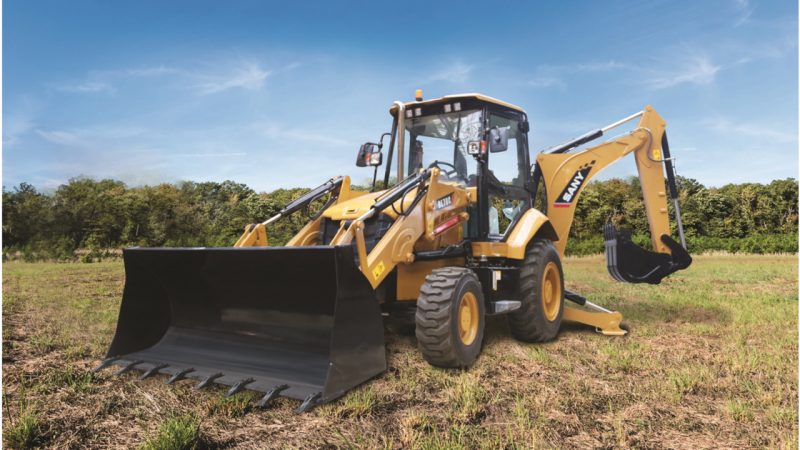
If you’re regularly lifting and craning large concrete vaults, a larger, more powerful backhoe will be needed. Wide track models also improve lifting and material handling with better stability.
If you perform no lifting or craning operations, and are solely focused on dig depth, then you may be able to buy a smaller or lower-horsepower backhoe with modest stick length.
Newer technology includes real-time data to help with maintenance and performance, remote diagnostics, and safety features.
If you need parts for your backhoe or any other machine, give ConEquip Parts a call.


